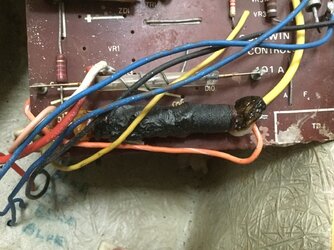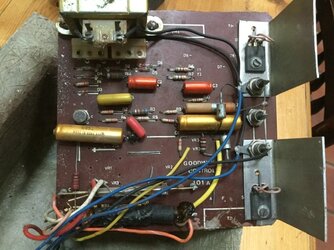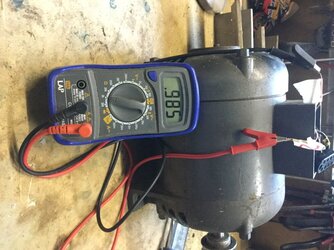J
JohnHewes
Hi hope you can help me.
I bought an old potters wheel for my wife, it has a 0.33HP DC Shunt motor but the supply is fried.
what supply unit would be appropriate to buy, please?
The motor plate says 220, 2.5 Amp, it is a Normand motor.
Currently the speed control is from a foot pedal connected to a rotary control.
Thank you in anticipation
John
I bought an old potters wheel for my wife, it has a 0.33HP DC Shunt motor but the supply is fried.
what supply unit would be appropriate to buy, please?
The motor plate says 220, 2.5 Amp, it is a Normand motor.
Currently the speed control is from a foot pedal connected to a rotary control.
Thank you in anticipation
John













